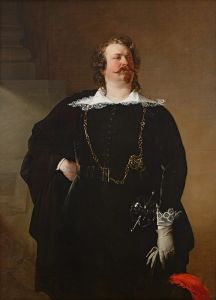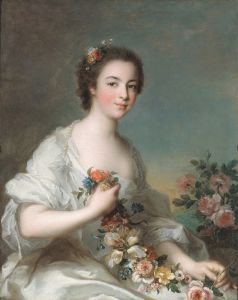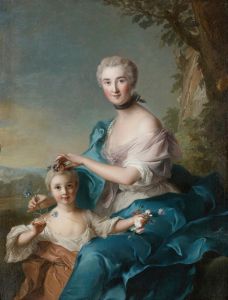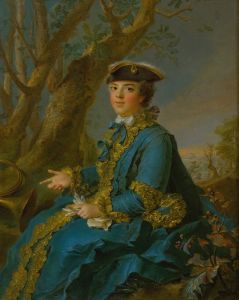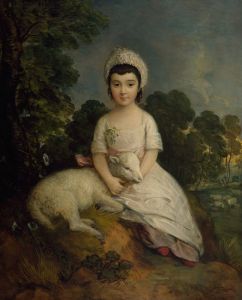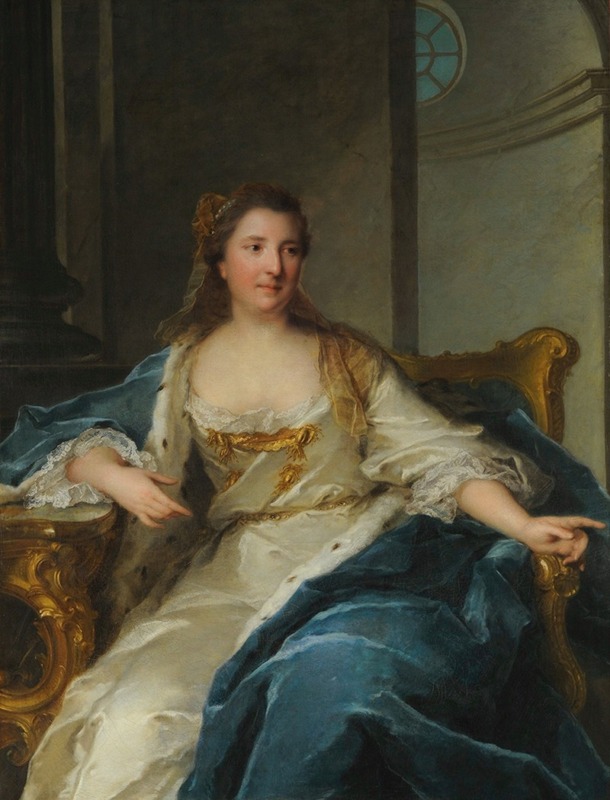
Portrait of Charlotte de Hesse-Rheinfels , Princess of Condé
A hand-painted replica of Jean-Marc Nattier’s masterpiece Portrait of Charlotte de Hesse-Rheinfels , Princess of Condé, meticulously crafted by professional artists to capture the true essence of the original. Each piece is created with museum-quality canvas and rare mineral pigments, carefully painted by experienced artists with delicate brushstrokes and rich, layered colors to perfectly recreate the texture of the original artwork. Unlike machine-printed reproductions, this hand-painted version brings the painting to life, infused with the artist’s emotions and skill in every stroke. Whether for personal collection or home decoration, it instantly elevates the artistic atmosphere of any space.
Jean-Marc Nattier's "Portrait of Charlotte de Hesse-Rheinfels, Princess of Condé" is a notable example of 18th-century French portraiture, showcasing the artist's skill in capturing the elegance and refinement of his subjects. Nattier, a prominent painter of the Rococo period, was renowned for his portraits of the French aristocracy, often depicting them in allegorical or mythological settings that highlighted their grace and status.
Charlotte de Hesse-Rheinfels, the subject of this portrait, was a member of the European nobility, born into the House of Hesse, a significant German princely family. She became the Princess of Condé through her marriage to Louis III, Prince of Condé, a title that placed her within the upper echelons of French society. This connection to the Condé family, one of the most illustrious in France, would have made her a prominent figure at the court of King Louis XV.
The portrait by Nattier captures Charlotte with a sense of poise and sophistication, characteristic of his style. Nattier was adept at using soft colors and delicate brushwork to create a sense of intimacy and immediacy in his portraits. His ability to render luxurious fabrics and intricate details of clothing and accessories is evident in this work, reflecting the fashion and tastes of the French aristocracy during the Rococo period.
Nattier often employed a technique that involved idealizing his subjects, presenting them in a flattering light that emphasized their beauty and social standing. This approach was particularly appealing to his patrons, who sought to project an image of elegance and refinement. In the portrait of Charlotte de Hesse-Rheinfels, this idealization is apparent in the gentle expression and graceful pose of the princess, as well as in the sumptuousness of her attire.
The background of the portrait is typically Rococo, with a soft, often indistinct setting that serves to highlight the figure of the subject. Nattier's use of light and shadow adds depth to the composition, drawing attention to the princess's face and the luxurious textures of her clothing. This focus on the subject's visage and attire was a hallmark of Nattier's work, allowing him to convey both the personality and the social status of his sitters.
Jean-Marc Nattier's portraits were highly sought after by the French nobility, and his work remains an important part of the study of 18th-century art. His ability to capture the essence of his subjects, combined with his technical skill and artistic flair, has ensured his place in the history of French painting. The "Portrait of Charlotte de Hesse-Rheinfels, Princess of Condé" is a testament to his talent and a valuable representation of the period's artistic and cultural milieu.
While specific details about the commission and the exact date of this portrait are not widely documented, it remains a significant piece within Nattier's oeuvre and provides insight into the world of the French aristocracy during the Rococo era. The painting is a reflection of the period's artistic trends and the societal values of the time, encapsulating the elegance and sophistication that defined the French court.








